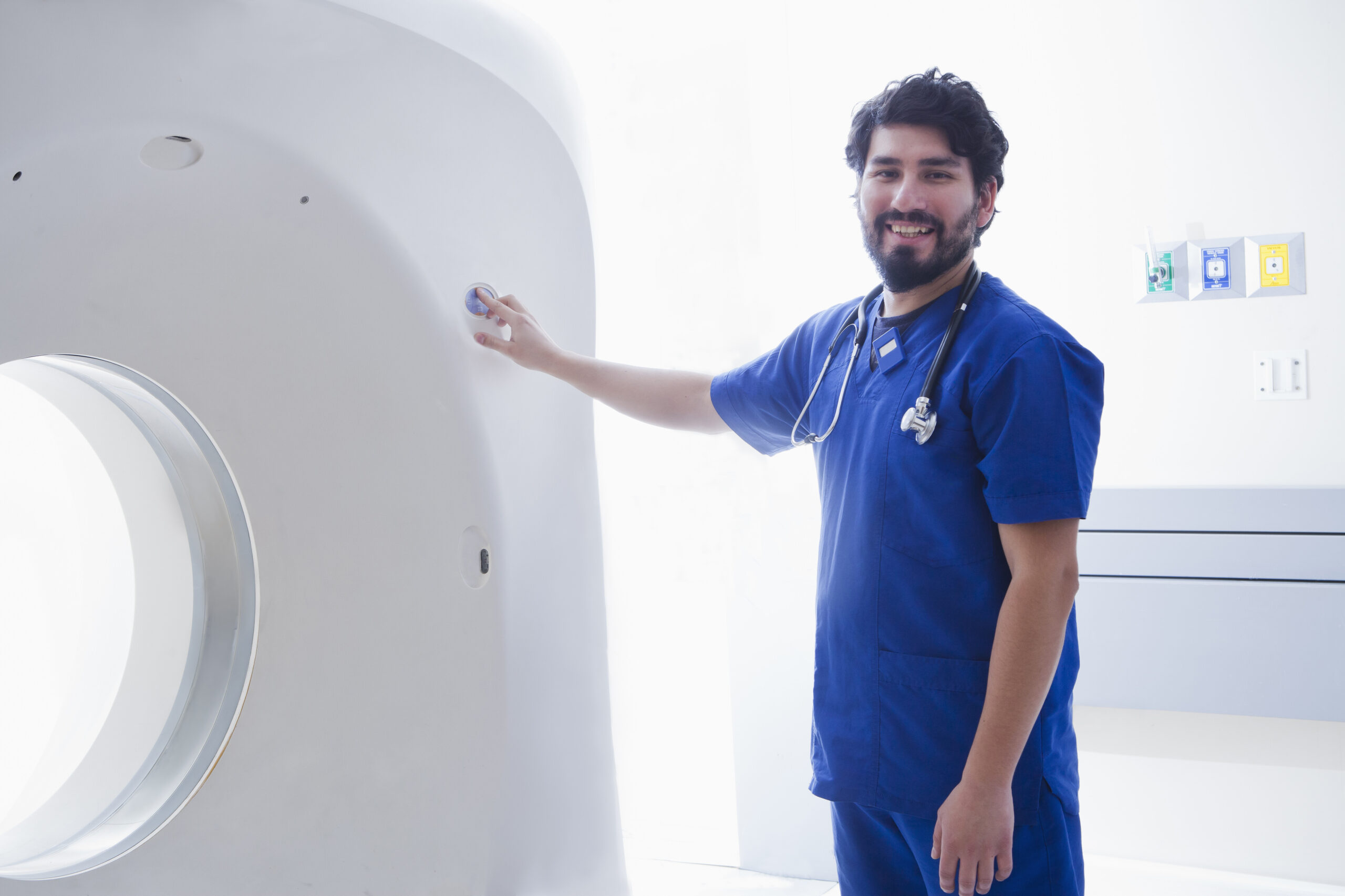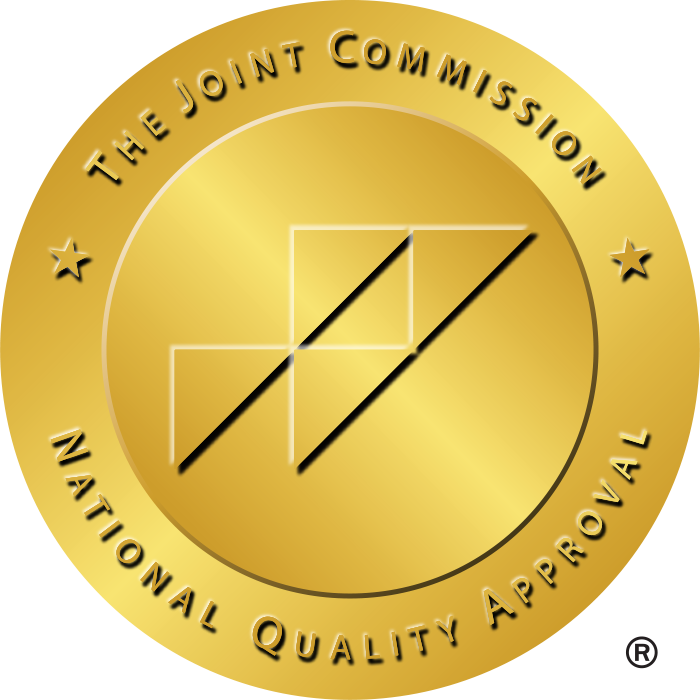The Evolution of Travel Nursing: Past, Present, and Future
Travel nurses are a specialized category of nursing professionals who operate on a contract basis and are frequently expected to move to new locations for their assignments. This comes in handy for staffing shortages in hospitals, clinics, and other health related institutions.
The evolution of travel nursing began with very urgent healthcare needs. Today, while travel nursing still gives essential services, it also allows the nurse to take control of his or her career, earn more, and work at varying medical institutions.
Here, we will analyze the historical development of travel nursing, its contemporary era, and its prospects in the future health care system. It will also be important to assess how travel nurses impact the current healthcare system and how this impact may evolve in the future.
Keep reading!
How Travel Nursing Began
The advent of travel nursing dates back to as early as the influenza pandemic of 1918 and World War II due to a shortage of nurses. Basically, the movement of nurses to various locations gave birth to the model of traveling health workers today.
The growth of specialized travel nursing agencies in the mid-20th century was instrumental in the evolution of the profession as they offered contracts, accommodation, and placement services, which provided structure to the role.
Earlier forms of travel nurses dealt with a wide range of issues including coping with limited technologies of transport and communication as well as adapting to new cultures. These issues were only mitigated through strong willpower but things have changed now thanks to technological innovations.
Travel Nursing Today
Travel nursing has rapidly evolved into a branch within the healthcare sector to alleviate understaffing issues in hospitals, clinics, and other specialized care centers. Travel nurses are extensively necessary in a number of disciplines, such as critical care, emergency services, and pediatrics, to ensure that services are provided in areas with healthcare worker deficits.
Technology has also made modern travel nursing much easier with innovations such as online portals for ease of job advertising, telehealth services, and remote patient servicing. Currently, the majority of travel nurses enjoy the perks of working flexible hours, receiving high wages, and having the ability to gain varied professional exposure.
However, travel nurses have to deal with issues like fast-changing working conditions, potential for burnout, and licensing challenges—particularly from several states with differing policies. Nevertheless, the profession continues to evolve to meet rising healthcare needs and also accommodate these flexible nurses.
The Future of Travel Nursing
Due to the challenges and innovations within the healthcare field, the future of travel nursing is challenging to predict. Nevertheless, thanks to improvements in healthcare technology and telemedicine, travel nurses will be able to render remote services, work, and interact with healthcare teams all over the world.
Better support frameworks, such as mental health resources and more advanced nurse licensing through the Nurse Licensure Compact (NLC) program, may lessen concerns regarding burnout and mobility.
Moreover, there is anticipated growth in the scope and purpose of travel nursing, which will become prominent in modern healthcare as healthcare systems shift to respond to the needs of aging populations and workforce shortages.
How Travel Nursing Affects The Healthcare Systems
Travel nursing resolves issues with staffing shortages, patient care continuity, and healthcare provision in understaffed areas. Travel nurses also take care of seasonal surges, demand surges, and much more.
Let us examine the contribution of travel nurses to the modern healthcare system.
Filling Staffing Gaps in Critical Areas
The use of travel nurses is essential within the healthcare system, especially in the country’s less-served regions. This mobility enables travel nurses to fulfill gaps that are often hard to fill because of geographical seclusion or lack of resources, almost always because of remote locations.
Travel nurses aid in the treatment of patients that are located in remote areas to ensure that health services are rendered to patients within these geographical confines. Nonetheless, their roles become even more vital during critical periods such as sickness outbreaks, natural disasters, and when there is a severe influx of patients seeking care.
In simple terms, travel nurses play a vital role in operational sustainability in most healthcare facilities in averting meltdowns where there is over dependency on the already stretched out permanent employees. Their versatility and assistance is what makes travel nurses such invaluable resources within the healthcare system.
Enhancing Patient Care Quality
The quality of patient care improves greatly as a result of travel nurses, due to the different experiences and skills acquired from various workplaces. Their mobility allows them to help patients in regions where specific specialty diagnostic centers are scarce or unavailable.
Moreover, travel nurses are capable of providing healthcare teams with new concepts and enhancement of care processes, workflows, and overall improvement. They fill gaps in inadequately served regions, ensuring that patients receive timely, effective, and essential care for better health outcomes.
In addition to improving the quality of patient care, they relieve the permanent staff and assist the facility to function more efficiently, enhancing the access of thorough medical attention to patients.
Flexibility and Adaptability in Healthcare Delivery
The use of travel nurses makes the healthcare system more flexible and mobile. Their travel becomes even more helpful during peak seasonal increases, such as during the flu season or after natural disasters when there is a dramatic increase in patients.
In addition, travel nurses allow healthcare organizations to adjust their care delivery in regard to changing patient needs by covering acute care and neonatal nursing elective positions as needed.
Such capability to rapidly shift resource allocation ensures that healthcare service delivery is available, even in harsh times.
Future Implications for Healthcare Systems
Both advanced innovation along with ongoing challenges in the health industry will have an effect on the future of travel nursing. For example, the COVID-19 pandemic emphasized the critical need for travel nurses during periods of global emergency.
Innovations such as AI and telemedicine seek to change nursing and healthcare for the best by using information technologies for better staff management and remote patient management.
Policy changes could widen the scope of travel nursing, same as the NLC Nurse Licensure Compact agreements which permit in-country cross-border agreements within the US or international agreements that support a global workforce.
Change will come from the collaboration of stakeholders. Bringing together travel nurses can help healthcare systems capitalize on the diverse advanced skills, training, problem solving techniques, and ways of thinking that travel nurses provide which will improve the quality of care and enhance patient outcomes.
Conclusion
The role of a travel nurse has emerged as an important career in nursing today owing to its relevance in modern healthcare systems. It addresses staffing shortages, ensures care continuity, and contributes with relevant additional services.
Nursing travel originated from past crises and has transformed into an integrated dynamic profession due to global demand and advancements in technology. Travel nurses are now crucial in the provision of quality services, improving patient outcomes, and extending services to non-metropolitan areas.
Like any other profession, it comes with challenges such as high operational expenses and onboarding and assimilating new staff into existing teams. Regardless, the outlook of travel nursing is favorable due to the growth of telemedicine, easy-of-use licensing frameworks, and other developed support systems.







